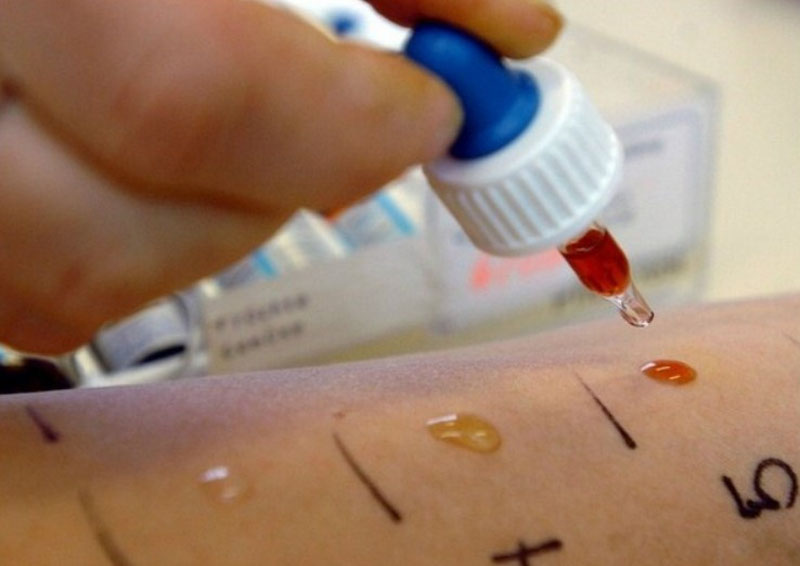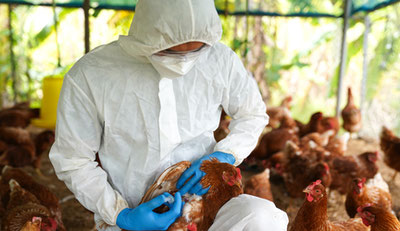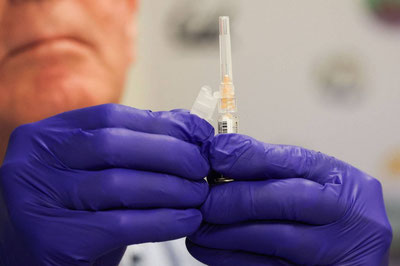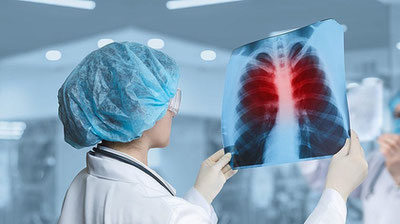These are the main factors causing numerous pathologies, including allergic diseases. Therefore, the detection, treatment, and prevention of such diseases have become pressing issues worldwide, reports the Ministry of Health Press Service.
The Republic Specialized Center of Allergology and Clinical Immunology is considered the leading institution in our country providing qualified medical services in this direction.
— We use about 200 testing methods, — says the center director Ilmira Razikova. — For example, the “ALEX” diagnostic method alone allows us to detect sensitivity to nearly 300 allergens at the molecular protein level.
The “PROTIA Allerqy-Q 96” technology enables simultaneous testing for 90 types of specific allergens. Furthermore, with the help of the most advanced diagnostic method, “Phadia 200,” we can identify allergic conditions to nearly 100 products at the protein level.
Overall, since the beginning of this year, our center has introduced 5 new diagnostic and 5 new treatment methods. For instance, we started using the bronchoprovocation diagnostic type for detecting hidden bronchial hyperreactivity. The testing of Immunoglobulin E by the CLA method has been mastered.
A new ENT-combine device has been launched in our center. This allows us to examine the upper respiratory tract.
Technologies for treating toxicoderma developed as a result of drug allergies and chronic idiopathic urticaria with plasmapheresis, histaminoses with the “DAO Prim Vegan” preparation, and special allergological immunotherapy with a mixture of spring plant pollen were implemented.
In addition, we recently installed the BTL-08 SPIRO PRO spirometer developed in England in our consultation clinic. This technology allows us to assess the external respiratory pathways and conduct tests.
We are currently striving to implement the latest innovative allergochip ImmunoCAP ISAC testing method used in clinics of developed countries. This diagnostic tool allows us to simultaneously detect the protein molecule of 112 different allergens.
As a result of such research and innovations, the number of patients from foreign countries starting to approach our center has begun to increase. For example, in the past three months, nearly 170 outpatients and about 20 inpatients from almost ten countries, including Russia, India, Kazakhstan, Kyrgyzstan, Tajikistan, Turkmenistan, and Afghanistan, were treated here.
Such positive changes are also observed in the activities of the center's regional branches.






